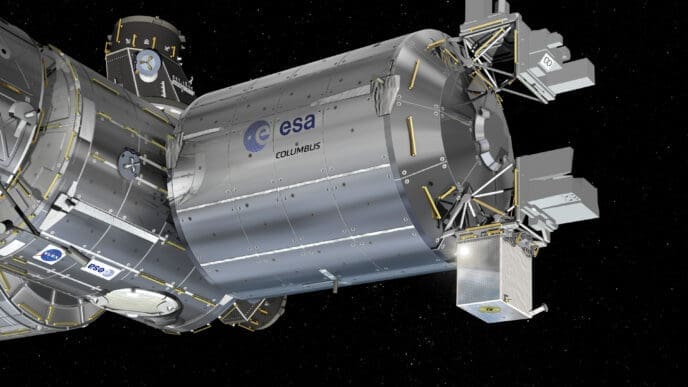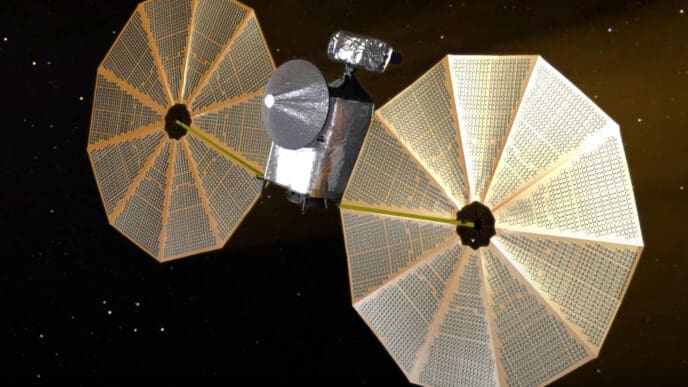In a significant development for space exploration, Avio has entered into contracts with the European Space Agency (ESA) to enhance the Vega rocket and its launch facilities. This collaboration marks a forward step in increasing the launch capabilities and performance of European rockets.
The contracts, valued at approximately 350 million euros ($364 million), are designed to boost the operational efficiency and future capabilities of the Vega C and its successor, Vega E. One notable component of these contracts is converting a former Ariane 5 integration building at the Kourou spaceport in French Guiana for use by the Vega C. This change is expected to enable Avio to conduct two launch campaigns concurrently, significantly enhancing launch capacity from the current infrastructure, which facilitates only single launch campaigns.
Giulio Ranzo, CEO of Avio, expressed optimism about the enhancement of their launch operations. Currently, Avio plans four Vega C launches in 2025, but with the new infrastructure, the number could increase to six annually. This development is critical for maintaining a competitive edge in the commercial launch market.
The second contract focuses on the development of the upgraded Vega E rocket. The Vega E model features improvements such as retaining the Zefiro-40 motor on the second stage while replacing the P120 motor on the first stage with a more powerful P160 motor. Additionally, the two upper stage motors of the Vega C will be replaced with a single M10 upper stage powered by a liquid-oxygen/methane engine, allowing for greater payload capability and efficiency.
Ranzo announced that the first launch of Vega E is projected for 2027 or 2028. Once operational, Vega E will offer improved payload performance, capable of carrying 3 metric tons to low Earth orbit, in contrast to the Vega C’s 2.3 tons, without additional cost.
In parallel with Vega C developments, Avio has also secured a contract with ESA for the launch of the FORUM mission. Scheduled for 2027, the FORUM mission aims to utilize the Vega C to study Earth’s far-infrared emissions, particularly assessing the impact of water vapor and ice clouds on climate change.
This contract marks a transition in the launch service provider role from Arianespace to Avio, a shift that started in the fall and will conclude by the end of 2025. Ranzo clarified that while ESA’s release termed this as a ‘transfer,’ it effectively represents a new contract for Avio. Additionally, Avio has acquired a “deed of transfer” for all existing contracts that Arianespace had, signifying Avio’s broader role in managing Vega launches.
Recently, after an almost two-year hiatus due to a launch failure, the Vega C returned to service with the successful deployment of the Sentinel-1C satellite. The mission was a part of the Copernicus program jointly run by ESA and the European Commission. The vehicle showed outstanding performance with precise orbital insertion, indicating its reliability when manufactured and integrated correctly.
These advancements position Avio and ESA to better cater to the increasing demands of space launches while enhancing their capabilities. The successful contracts and future plans underscore their commitment to advancing space technology and improving launch efficiency in the upcoming years.
Source: Spacenews











